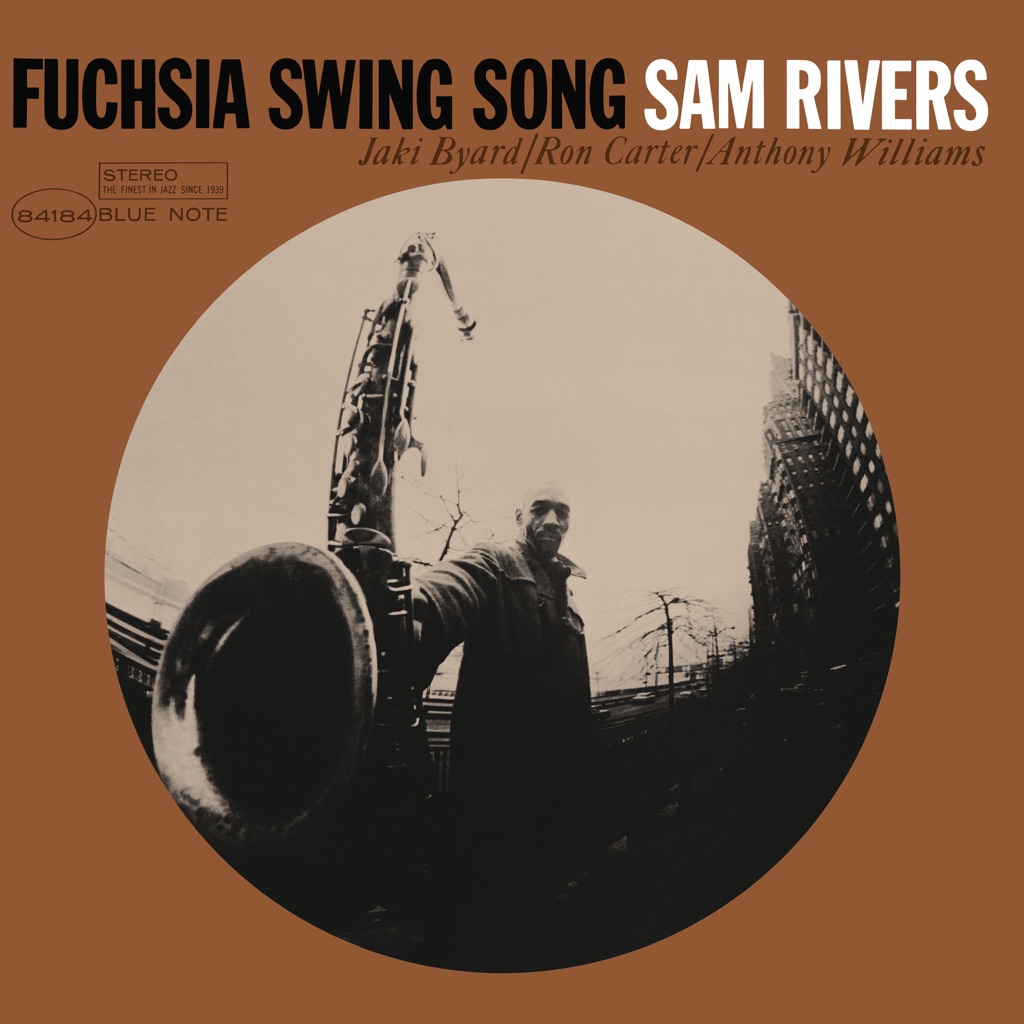
Fuchsia Swing Song
Though not as universally acclaimed as Wayne Shorter or Joe Henderson among the great post-Coltrane tenor saxophonists, Sam Rivers was revered by those in the know, and his 1965 debut makes it easy to hear why. On the all-original *Fuchsia Swing Song*, the first of four for Blue Note before he switched to Impulse, Rivers is joined by pianist Jaki Byard, an unsung hero himself, working extensively with Charles Mingus at this time. In the rhythm section are Miles Davis quintet members Ron Carter on bass and Tony Williams on drums. Interestingly, Rivers had a brief stint in the Davis quintet in mid-1964, documented on *Miles in Tokyo*, so his rapport with Carter and Williams was well-established. His full, woolly tenor sound and offbeat approach to the conventions of post-bop improvisation are evident on “Downstairs Blues Upstairs” and the “I Got Rhythm” variant “Ellipsis,” as well as the uptempo title track (based on Cole Porter’s “Night and Day”) and the equally brisk “Luminous Monolith.” The calmer “Beatrice” became a modern standard, famously played years later by Joe Henderson on *The State of the Tenor*. “Cyclic Episode,” with its alluring sequence of parallel minor chords, also shows Rivers as a composer of systematic rigor and vision.

